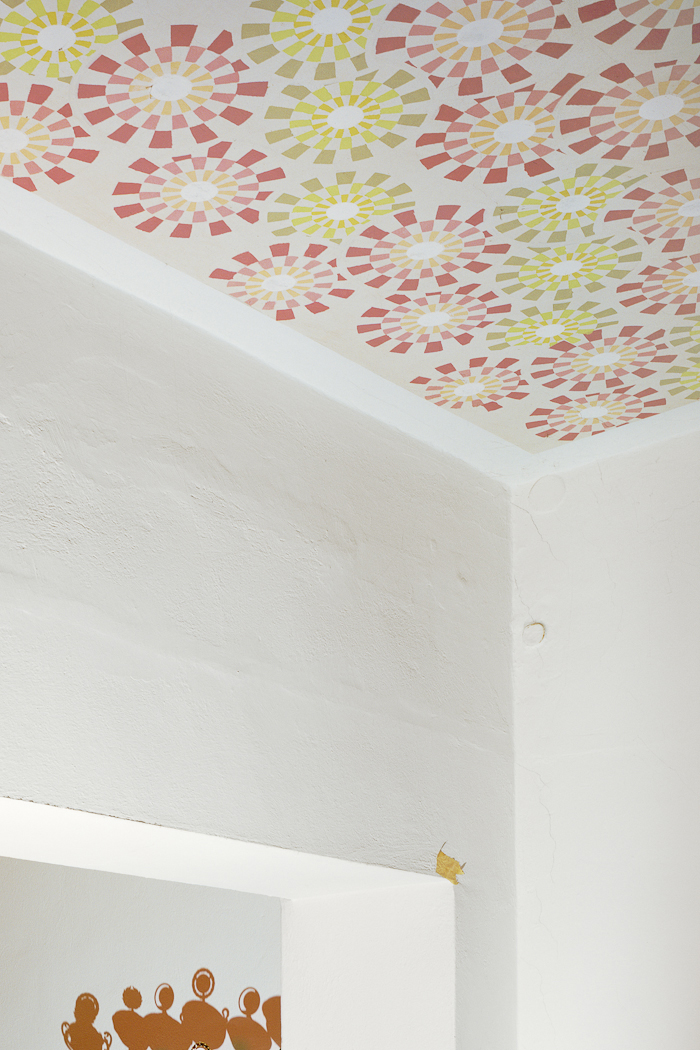Katharina Bosse, Alexander Gehring, Andrea Grützner, & Paula Winkler
 The Space Beyond
The Space Beyond
a conversation held in conjunction with the concurrent CCNY exhibition
Saturday, January 11, 2014, 4pm
at the CCNY Studio
Free admission. Seating is limited.
at the CCNY StudioThe Arts Building
336 West 37th Street, Suite 206
Photography is based as much on the absent as on the present.
In recording the surfaces of people and objects.
In working towards abstraction.
In contructions and fabrications of space.
As part of the CCNY Conversations Series, and in conjunction with the exhibition The Space Beyond, artists Alexander Gehring, Andrea Grützner, Paula Winkler, and guest curator Katharina Bosse will present their work and discuss common themes that they explore. The artists often reflect on the masked body and enigmatic interiors. Photography resembles a séance, opening these bodies, and the viewer, into a “space beyond” – the title of the show currently on view at CCNY.
The artists featured in The Space Beyond all work on a conceptual model that restricts them to a rigidly specified aesthetic universe, where they are haunted by ghosts and memories, loss and desire. This talk will delve into each artist’s conceptual process, as well as finding commonalities among them. In which way is the “absent” evoked by the image? Which means were used or disregarded?
About the Artists
Alexander Gehring
Messages from the Darkroom
This photographic series investigates the connection between photography and the occult. Based on historical photographs published by early twentieth century parapsychologist Dr. Albert von Schrenck-Notzing, Messages from the Darkroom explores the ability of the photographic camera to capture magical or paranormal phenomena. Schrenck-Notzing, like many other scientists in this era of technical revolutions when modern media began to take its first steps, was interested in occult phenomena such as mediumship and the physical evidence that human trance-mediums were said to be able to produce. By using a photographic camera he tried to give a solid proof that occult phenomena are part of reality. He believed in the objectivity of the photographic image and its technique, which allowed him to exclude any doubt or suspicion of human fraud. The result of his photographic experiments are rather more obscure than illuminative images which are unique in the history of photography.?Messages from the Darkroom uses this ambivalent imagery of Schrenck-Notzing’s historical photographs to ask if photography is sensitive enough to record supernatural phenomena. Between the desire to expose the supernatural, and the acceptance of the technical impossibility of capturing it, the work opens up a space of possibilities where analogues between the photographic technique and occult practices become visible: the darkroom turns into the séance-room just like the camera becomes the medium in trance. Ultimately, the photographic technique, generally understood as a means of objectively capturing reality, is shown in a different light: it seems that during the photographic séance the camera reveals its own magical aura.
Paula Winkler
Exceptional Encounters
The presentation of nudes in art mostly deals with a woman transformed into an image by a man. As a photographer and a woman, I don’t see the female gaze on the male body.
Under the pseudonym of “Renate Rost” I contact men on internet sex platforms and meet them in hotel rooms to photograph them. I find out what kind of men are really hidden behind these internet profiles and how to transform their sexually-coded body into an image. They are willing to devote themselves to my gaze and to the camera and they reveal a sexuality that maybe even surprises them a little. The images use familiar devices of nude photography such as drapery, naked skin, masquerades, and lingerie. The model is positioned for the camera. The large-sized color photographs present an unveiled portrayal of the man’s bodies and genitals, sometimes erect. At the same time they maintain a distance through a bright and uniform lighting and the sharpness of the image. The interest in creating a scenario with a documentary background and the clear love of images superimposes the original setting: a man – a woman – a hotel room.
Andrea Grützner
Erbgericht
As a type of historical communal building, arising from a former traditional village law court with brewing and selling rights, the “Erbgericht” has been a guesthouse in the eastern part of Germany for more than a hundred years. The house is a projection screen for generations of memories and emotions. As a guest with familiarity with the area, and yet a feeling of alienation from it, I enter into a visual dialogue with this building which has cast a spell over me for years.
I use photography to create a tension between abstraction and the real existence of a place, where I have the feeling that many things are not ordinarily accessible to the senses. The installed filtered flashlights produce a near-instant moment of de-familiarization in the house itself, not clearly visible to the eye. The transient appearance is fixed on the analog film material, and ‘Other Spaces’ (in the sense of Michel Foucault) full of entangled relations are unveiled. In the fragmented photographic spaces, one cannot be sure if one perceives objects or glowing shadows. As an imperfect representation, or trace of a real object, shadows are closely related to photography: they both show things which are or have been there as a distorted version of reality. Based on the photographs, one reconstructs the place in a totally different manner; a process similar to how we recall places and spaces in our memory. The real house echoes in the pictures, in which one’s sense of time and space becomes lost.
This Conversations Series talk is held in conjunction with The Space Beyond, a guest-curated CCNY exhibition. CCNY‘s guest-curated exhibitions are supported, in part, by public funds from the New York City Department of Cultural Affairs, in partnership with the City Council.
